Showing all 15 results
-
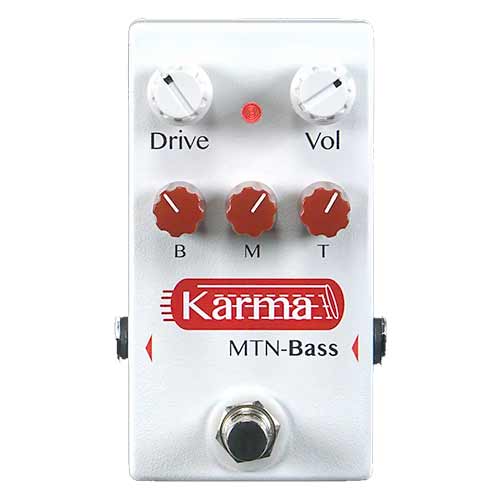
Karma MTN-Bass
€ 259 Add to cart -
-15%
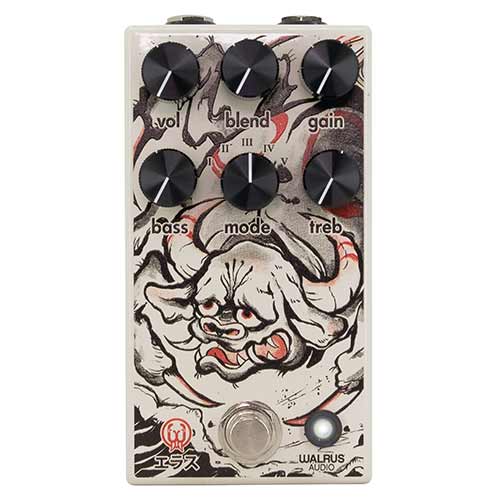
Walrus Audio Eras Kamakura
€ 199 Add to cart -

Aguilar Stormking Distortion Fuzz
€ 219 Add to cart -
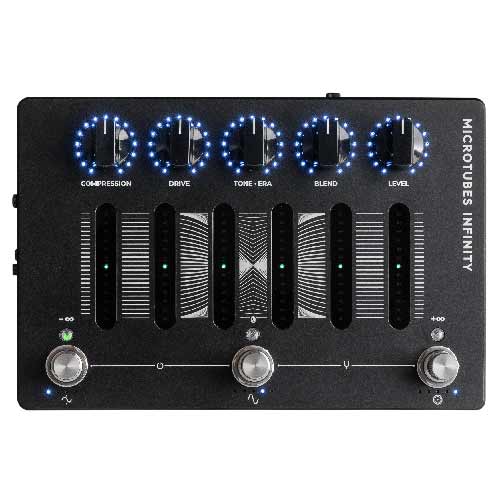
Darkglass Microtubes Infinity
€ 609 Add to cart -
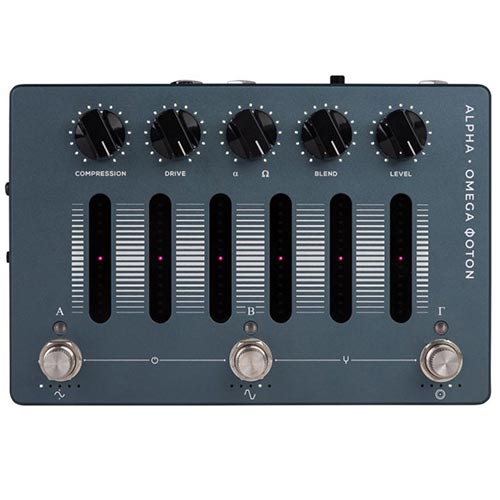
Darkglass Alpha Omega Photon
€ 549 Add to cart -
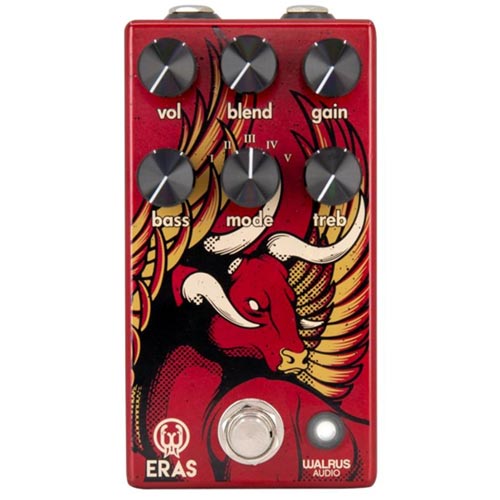
Walrus Audio Eras
€ 225 Add to cart -
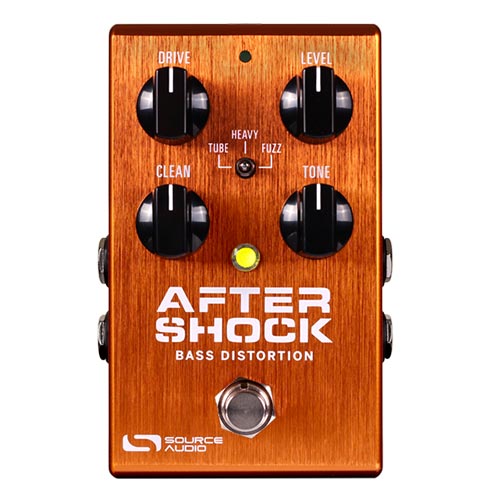
Source Audio Aftershock Bass Distortion
€ 249 Add to cart -
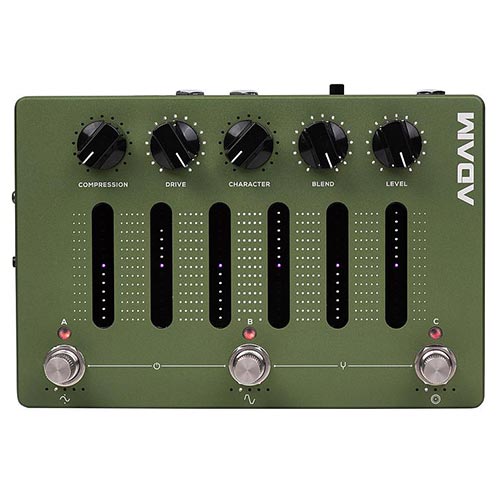
Darkglass ADAM
€ 569 Add to cart -
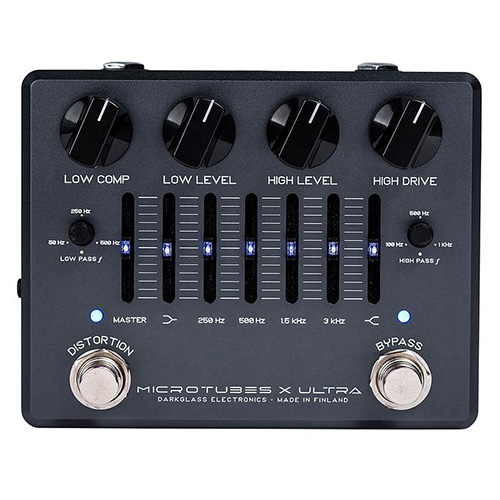
Darkglass Microtubes X Ultra
€ 429 Add to cart -
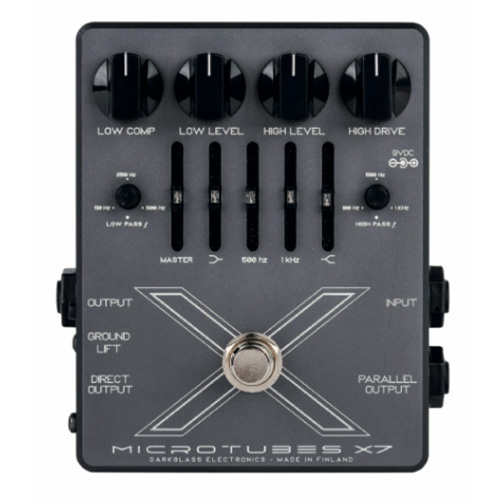
Darkglass Microtubes X7
€ 339 Add to cart -
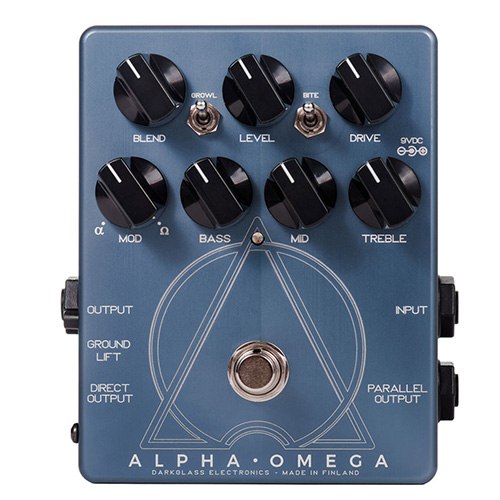
Darkglass Alpha Omega
€ 339 Add to cart -
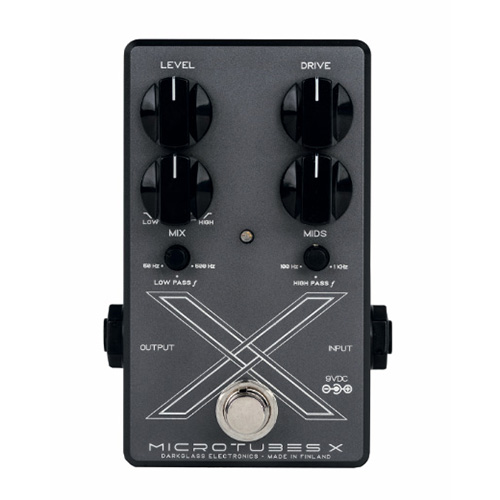
Darkglass Microtubes X
€ 239 Add to cart -
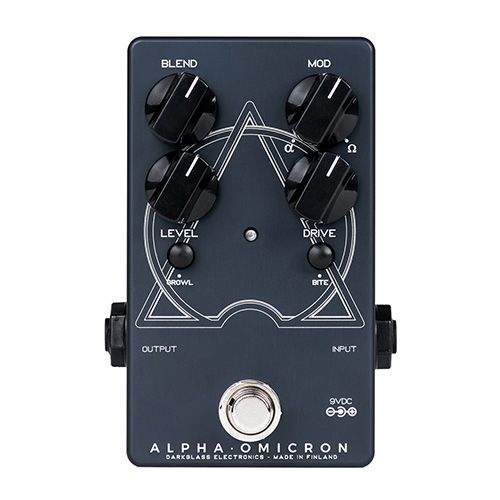
Darkglass Alpha Omicron
€ 229 Add to cart -
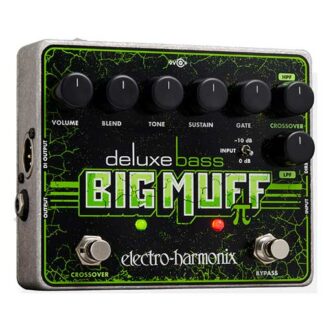
Electro Harmonix Deluxe Bass Big Muff
€ 149 Add to cart -
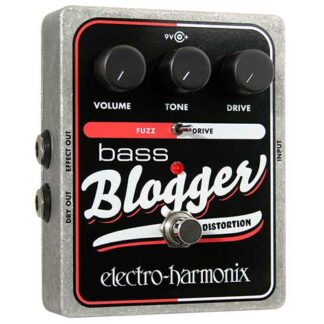
Electro Harmonix Bass Blogger
€ 69 Add to cart
Showing all 15 results
Distortion pedal
Distortion pedal
In the beginning distortion was considered a flaw in the design of an amplifier. And you can’t buy overdrive pedals yet. Most amps were designed for clean sounds. That changed drastically when Howlin’ Wolf set his Fender Deluxe to 10 in 1951. He then recorded ‘How many more years’. Since then, overdrive has become a regular feature of many (tube) amps. Although some amps are still made without overdrive. In addition, there are a lot of effect pedals that imitate the sound of an overdriven tube amp.
Distortion in a tube amp is created by overdriving the tubes of the amp. The signal passing through the tube is greater than the maximum signal that the tube can handle. This creates (asymmetric) clipping and the result is that overtones are created. If those are so-called ‘even harmonics’, it sounds like a ‘warm’ overdrive. In addition, in a tube amp it is possible to overdrive both the preamp and the power amp tubes.
To simulate this effect, a Distortion pedal often does not use tubes. This is particularly impractical due to the size, heat and fragility of tubes. Still, there are some on the market, Mesa Boogie, Koch have released pedals with tubes. However, most pedals use op-amps, transistors or diodes to simulate the distortion effect.
Overdrive makes playing guitar fun. With the effect you make dirty sounds by breaking down the peaks of your signal. This creates harmonic overtones and often also compression. Iconic distortion pedals have been released over the years. Including the DS-1 from Boss and the ProCo Rat.
